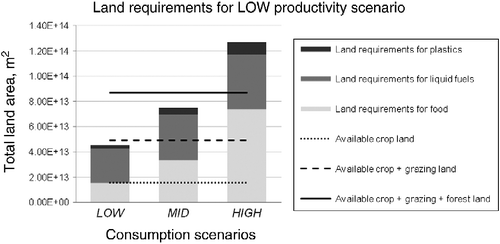Figures & data
Figure 1 Global production capacity for compostable (biodegradable) and non-compostable BDPs (European Bioplastics Citation2009).
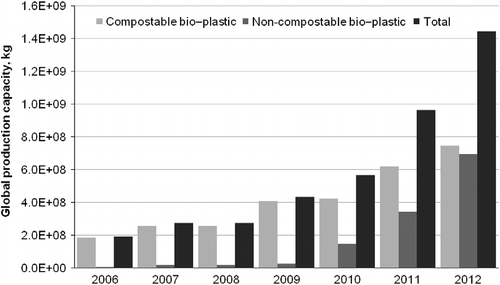
Figure 2 Projections for global population growth to 2050. High, mid and low projections used in the research are plotted against a selection of projections reported in the literature (FAO, Food and Agriculture Organisation of the United Nations Citation2011; USCB, US Census Bureau Citation2011; UN 93, Haub Citation1994; UN 98, United Nations Citation2008; PAI, Young et al. Citation2009).
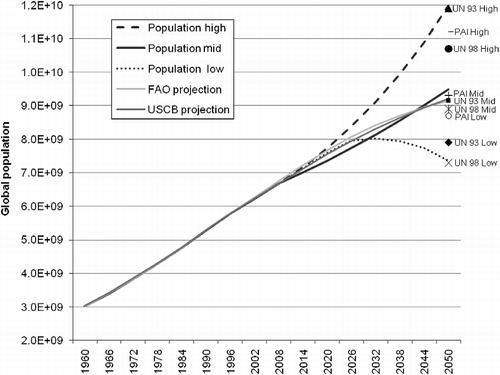
Table 1 Definition of LOW, MID and HIGH consumption scenarios, based on projections to the year 2050.
Figure 3 Global demand for liquid fuels, projected to 2050. Petrol and diesel account for around 75% of global crude oil demand. Original data sources and projection calculations are detailed in Section 3.
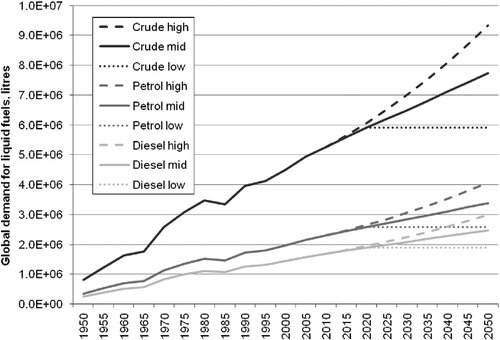
Figure 4 Global demand for plastics, projected to 2050. Original data sources and projection calculations are detailed in Section 3.
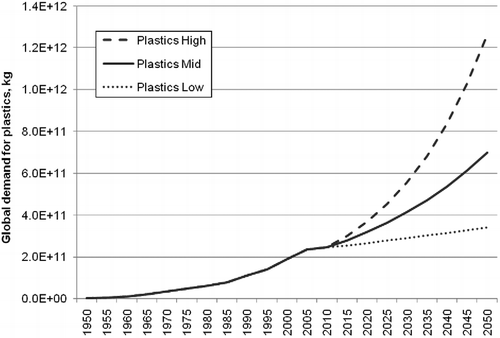
Figure 5 Historic data for land use (Food and Agricultural Organisation of the United Nations Citation2011) in comparison with global population growth, between 1950 and 2010.
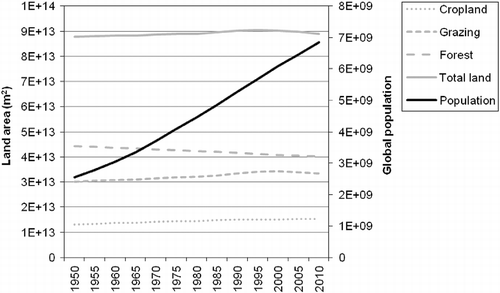
Table 2 Definition of HIGH, MID and LOW productivity scenarios, based on projections to the year 2050.
Figure 6 Scenario results for LOW, MID and HIGH consumption scenarios in combination with HIGH productivity.
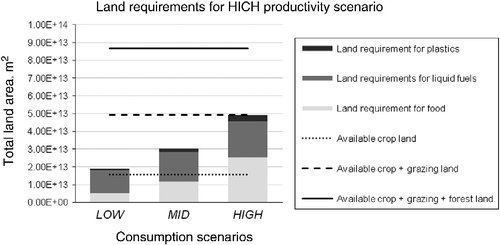
Figure 7 Scenario results for LOW, MID and HIGH consumption scenarios in combination with MID productivity.
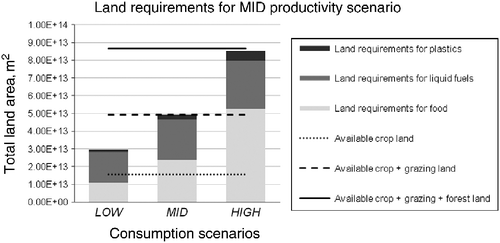
Figure 8 Scenario results for LOW, MID and HIGH consumption scenarios in combination with LOW productivity.
